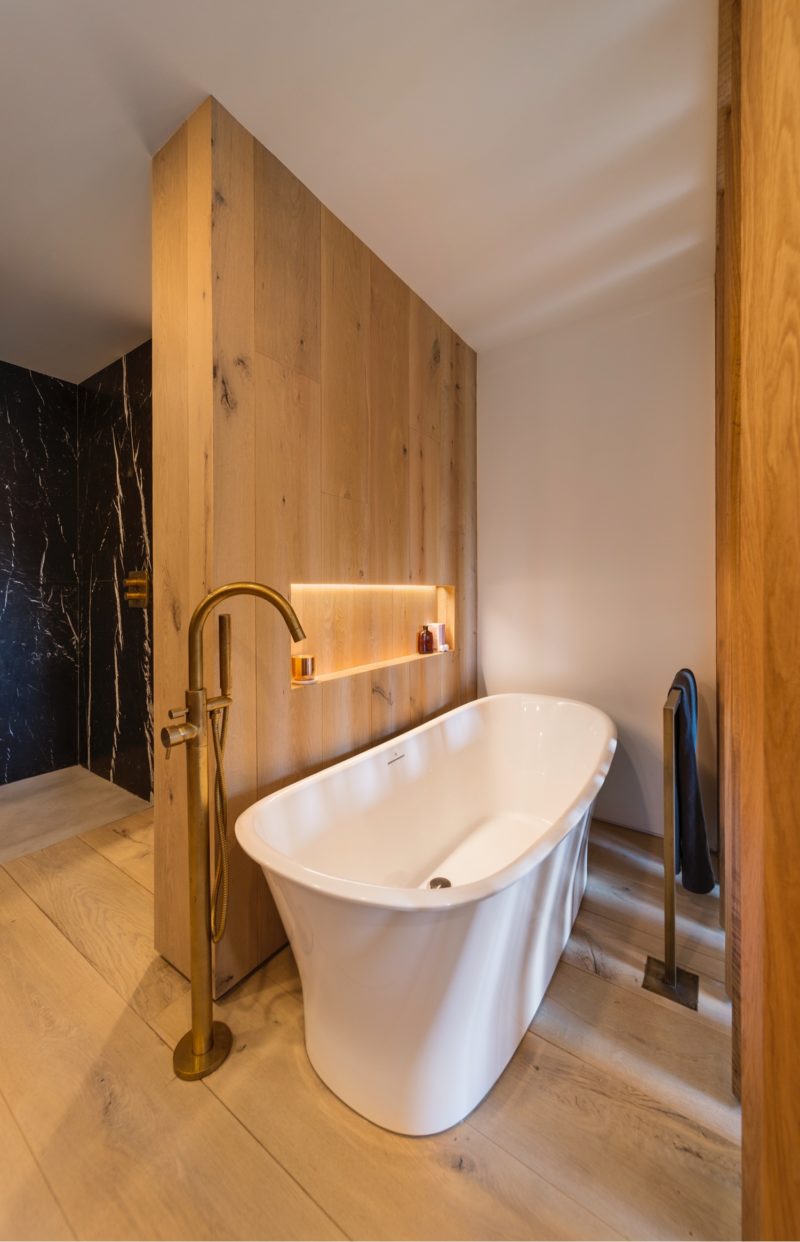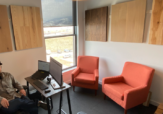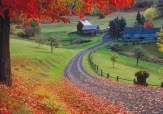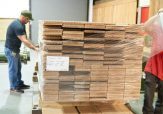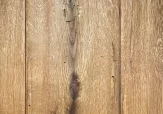How To Protect Hardwood Flooring From Water Damage
Cookies and milk, rhythm and blues, gin and tonic. Some things are inarguably perfect together. And some things are most definitely not: toothpaste and orange juice, Apple and Microsoft, or water and wood.
Water and wood? In wood’s living form, water is a critical component of the magical triad—along with carbon dioxide and sunlight—that creates photosynthesis, feeding the tree and helping it grow and stay healthy. But once that tree is harvested for use, whether for furniture, flooring, or firewood, the goal is to eliminate most of the moisture and keep it out.
Hygroscopy
Wood is hygroscopic, meaning it expands and contracts with moisture, so wood furniture and flooring can bulge or shrink with humidity swings. Greater influxes of water create even greater potential for damage. Wood will absorb excessive moisture through its pores, potentially causing warping, buckling, and discoloration. And if that moisture remains in the wood long enough, it compels the growth of mold, which in turn causes the wood’s fibers to deteriorate, weaken, and ultimately fall apart; a process better known as rot.
But before you toss out your wood furniture and replace it with plastic lawn chairs, and your wood flooring with vinyl tiles, know that there is hope. Read on to learn the many ways to protect against and prevent water damage to the wood flooring in your home.
Consider the Location
If you are intending to use wood flooring in a location that is susceptible to water buildup, such as a bathroom, kitchen, or entry room, some wood flooring materials and species are better than others. Hardwoods in general offer greater water resistance than do softwoods because their fibers are more tightly packed together, resulting in less absorption. Among domestic hardwoods, some—including hickory, white oak, and black walnut (as pictured in the gorgeous bath above)—provide greater resistance than others.
Engineered hardwood provides an additional level of moisture protection over solid hardwood. Engineered flooring planks are made of a number of thin layers of plywood, glued one atop the next with their grains in alternating directions, creating a stable structure resistant to expansion and contraction and, to a lesser degree, absorption. The plank is then capped with a solid wood top layer: what you see and walk on. Engineered flooring should definitely be considered for bathrooms, as well as in basement-level rooms or wherever the subfloor is concrete, due to the moisture inherent in those areas.
Not All Finishes Are Equal
Both the top side of solid hardwood planks and the wear layer of engineered hardwood are covered with a finish, which adds a layer of protection against scratches, dents, and to some extent, water. Of the generally available finish products on the market, waxes, shellac, linseed oil, and tung oil offer poor to fair water resistance; nitro cellulose lacquer and most water-based finishes provide better water resistance; and oil-based varnishes, oil-based polyurethane, and catalyzed lacquer provide the best water resistance.
Note that the key term here is “water resistance” rather than “water proofing.” Even the best finishes will not provide complete security. Enough water standing for a long enough time will ultimately find its way between plank seams and between the flooring and the subfloor. A good finish will simply slow that process.
Preemption and Prevention
You’ve chosen a water-resistant species, perhaps you’ve selected engineered lumber, and you’ve applied the best finish. You are in a good position to ward off water damage. But now comes the hard part: preemptive measures and daily attentiveness.
Preemptive measures imply identifying where water buildup and spills might occur and taking steps to minimize the impacts before they happen. Use humidifiers and dehumidifiers or air conditioning to maintain an indoor relative humidity of 45–55% to minimize contraction and expansion. Use floor mats in entryways and mud rooms to soak up the moisture from wet boots, umbrellas, or the snow the kids bring inside with them. Install a plastic pan beneath the washing machine, and put trays beneath potted floor plants. Place an ultra-absorbent bathmat outside the shower. And close windows and doors when thunderstorms come through.
Awareness and Diligence
Once you’ve worked to proactively deter water buildup, the final step is vigilance. Spills will happen no matter how careful you are. When they do, wipe or mop them up as quickly as possible, before the water begins to seep into the flooring. Keep an eye out for plumbing leaks under sinks, around toilets, beneath dishwashers. You can even bring a plumber in periodically for a check-up. When cleaning your floors, avoid overly wet mops. And lastly, periodic reapplication of your flooring finish (if your finish allows it without a complete sanding) will bolster your floor’s resilience.
Keeping your hardwood flooring looking great need not take over your life. But some smart choices about what to install and where it is installed, as well as a degree of awareness and diligence once installed can go a long way toward protecting your investment and maintaining the beautiful look that drew you to wood flooring in the first place.

